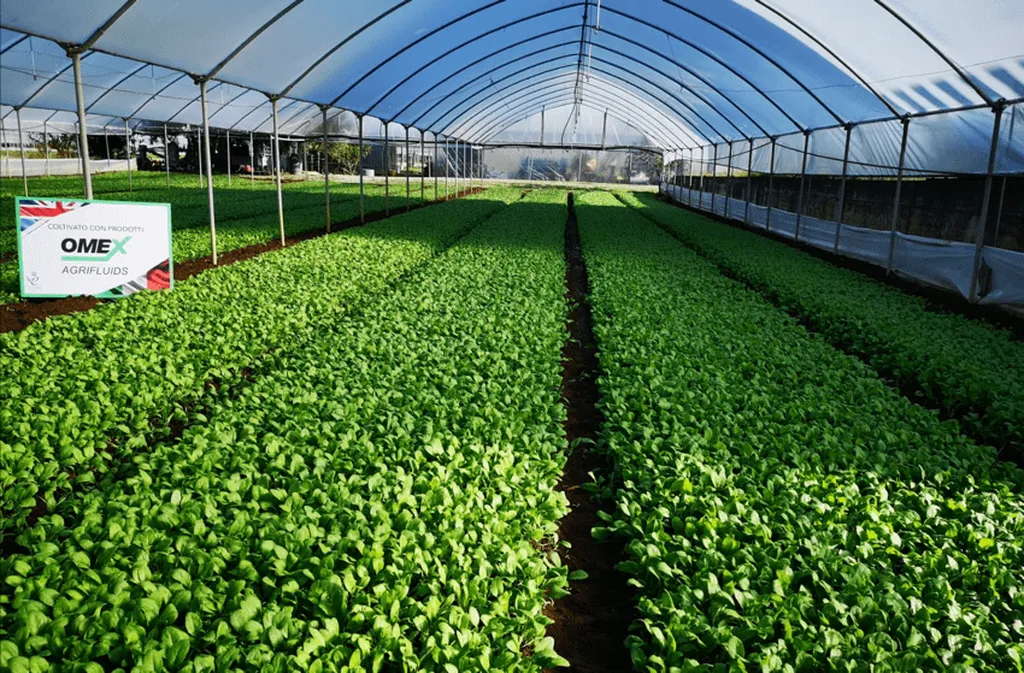In the heart of Bulgaria, researchers at the Agricultural University of Plovdiv have been exploring a novel approach to boost plant growth and water-use efficiency, with promising implications for agriculture and the energy sector. Led by Dr. Lyubka Koleva-Valkova from the Department of Plant Physiology, Biochemistry and Genetics, the study investigates the effects of electromagnetically treated water (EMTW) on spinach plants, offering insights into sustainable farming practices and potential commercial opportunities.
The research, published in the journal ‘Rasteniya’ (Plants), delves into the application of electromagnetic (EM) field treatment on water, a method gaining traction as a sustainable way to enhance plant growth. “We’ve seen a growing body of evidence suggesting that exposure to EM fields can affect water molecules, possibly by influencing hydrogen bonding dynamics and the structuring of water clusters,” Koleva-Valkova explains. This alteration in water properties is thought to correlate with improved plant physiological performance, a hypothesis that the study aims to validate.
The study employed a combined methodological approach, integrating proton nuclear magnetic resonance (¹H-NMR) spectroscopy, density functional theory (DFT) modeling of water hydrogen bonds and clusters, and comprehensive plant physiological assessments. EMTW was generated using a solenoid-based system operating in dual-frequency ranges (100–1000 Hz and 10–100 kHz), which has been previously shown to influence both the microbiological and electrokinetic properties of aqueous systems.
The results were striking. Plants irrigated with EMTW exhibited significant improvements in various physiological parameters. “We observed an increase in photosynthetic rate by approximately 80%, transpiration by 49–67%, stomatal conductance by 78–129%, intercellular CO₂ concentration by 42–80%, and chlorophyll content by 9.3–9.5% compared to control samples,” Koleva-Valkova reveals. Additionally, phenol and flavonoid contents were elevated by 7.4% and 7.6%, respectively, in field-grown plants. These enhancements were statistically significant, confirming the robustness of the observed effects.
The implications of this research extend beyond the agricultural sector, offering potential benefits for the energy sector as well. Enhanced plant growth and water-use efficiency could lead to increased crop yields, reducing the need for extensive irrigation and, consequently, energy consumption. This could translate into significant cost savings and a reduced carbon footprint for agricultural operations.
Moreover, the study’s findings could pave the way for innovative technologies in water treatment and irrigation systems. As Koleva-Valkova notes, “Our results suggest that EMTW could be a game-changer in sustainable agriculture, offering a non-invasive, energy-efficient method to boost plant growth and resilience.”
The research also highlights the importance of interdisciplinary approaches in addressing global challenges. By integrating physics, chemistry, and plant biology, the study provides a holistic understanding of the interactions between EM fields, water, and plant physiology. This interdisciplinary perspective could inspire future research and technological developments in the field.
In conclusion, the study by Koleva-Valkova and her team opens up new avenues for exploration in sustainable agriculture and water management. As we face the challenges of climate change and resource scarcity, such innovative approaches could play a crucial role in shaping a more resilient and efficient agricultural sector. The research not only advances our scientific understanding but also offers practical solutions that could benefit farmers, businesses, and the environment alike.

